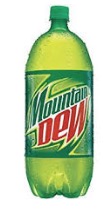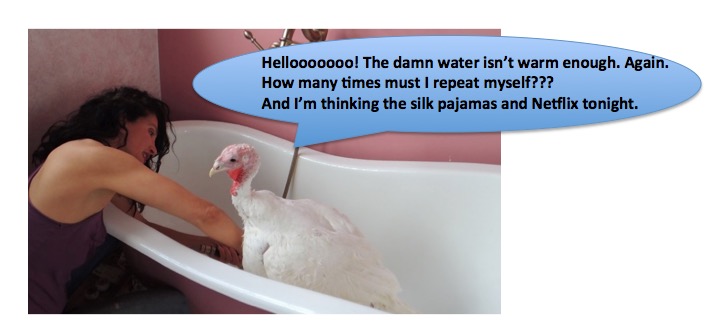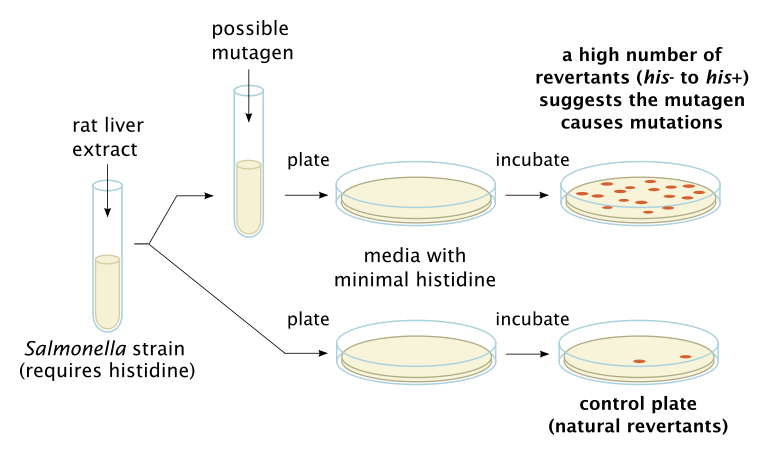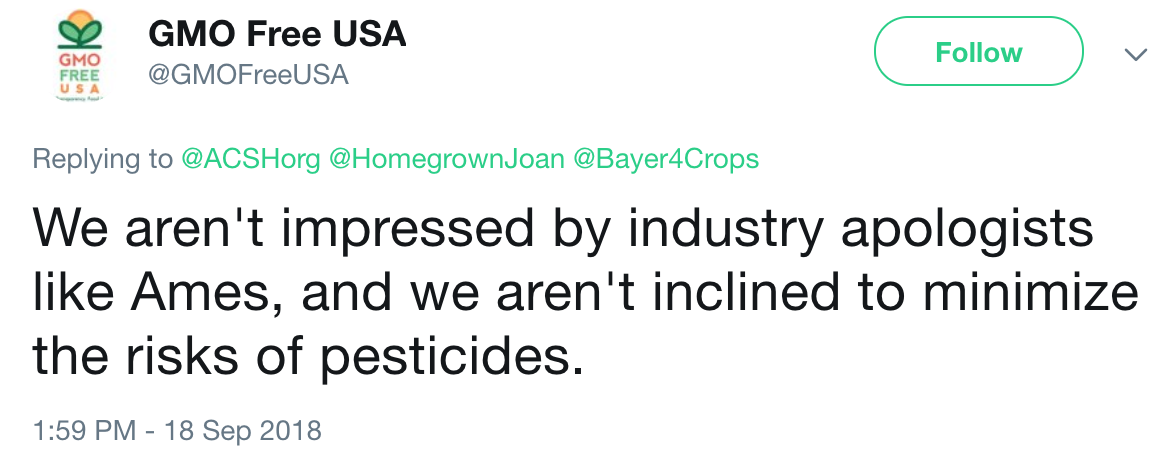By Hank Campbell — October 18, 2018@ American Council on Science and Health
Over the last 15 years,
PNAS, the Proceedings of the National Academy of Sciences, has gone into serious decline. An organization once so prestigious Carl Sagan, the most prominent scientist in America, was unqualified to be admitted, is now scrambling to stay relevant. They recently announced they are going to
cease print publication, but austerity is not their problem, embrace of junk science is.

There is no other way to categorize a recent paper suggesting the microbiome of bees may be at risk due to science.
Want to believe that
hurricanes with female names are more dangerous because men are sexist? That was
PNAS. Want to believe that
black people look "blacker" during bad economic times?
PNAS again. When Facebook
manipulated user news feeds as a social experiment PNAS had no issue publishing the results. Had those claims been in obscure journals, none of them would have made their way into the
New York Times,
Washington Post, or other popular political newspapers that dabble in science.
(1) Yet they did get in, and
PNAS has remained relevant thanks to journalists who love to write about provocative claims they want to believe.
(2)
And then there is the microbiome. Over the last century, there were 3 articles per year about our natural gut flora.
Starting in 2011 we began to see three
per day despite there being little more known about what good or bad might be for an average individual. Yet journalists love it, and supplement companies love it, and yogurt companies love it, and therefore some academics are going to write about it.
And if you really want to get media attention, use the pop science microbiome fad, throw in bees and chemicals, and then get it in
PNAS.
PNAS, microbiome, bees, and glyphosate: The recipe for a mainstream media feast
Despite spending a fortune on ad campaigns and email blasts to journalists, activists have been unable to convince the public that bees are in decline when data show they are fine.
(3) A recent PNAS paper avoids that pitfall by suggesting they are only not in decline
yet. And if you believe any change must be a bad thing, then you are certain to believe glyphosate, a key ingredient in the weedkiller Roundup, could be the cause of change. The compound is in fashion for media again because a jury in California recently said that if a company can't prove that a chemical
didn't cause a man's cancer, then they must pay trial lawyers $289 million.
(4)
That's a perfect storm for PNAS so they recently published a paper noting glyphosate is changing the bee
microbiome. You read that right, get those bees some probiotic yogurt.
Or not. First, the levels of glyphosate they used are not real world. Bees are not diving into vats of chemicals and swimming for 12 hours. And if they did do that, the response to higher doses of a chemical should be more change, yet in this paper low doses had more change. That is homeopathy, not science. Second, how do they know change is bad? Even the foremost expert in the bee microbiome is scientifically equivalent to being the tallest person in a room full of leprechauns. No one really knows anything yet.
In reality, it would be worrisome if a chemical did not change the microbiome of bees. Or yours. Or mine. I ate some delicious cinnamon bread from Trader Joe's while I wrote this. My microbiome changed, my hormones changed. Food and drink do that. But if I want to scare you, I could say Trader Joe's cinnamon bread contains
an Endocrine Disrupting Chemical. Which is what anti-science conspiracy theorists like Pete Myers and a tiny cabal of political journalists (weirdly centered in the New York University Arthur L. Carter Journalism Institute run by someone who should know better, Perri Klass, M.D.) do.
As Dr. Josh Bloom noted, "Although the relative composition of the bee gut biome may have changed, none of the eight bacteria measured was eliminated. And there was no difference in the total number of bacteria in either the high-dose, low-dose, or placebo groups."
What is most telling to biologists; Roundup can only affect the shikimate pathway in plants. It can't do anything to you or me. Believing it does is like embracing chemtrails or that government is out to get your precious bodily fluids.
The next phase: Chemicals are changing human chakras (also available for bees and mice)
But I don't want activists to lose hope. Their efforts to claim
insects birds bees wild bees bees are
dying erratic changing is going to be aided as long as some academics want media attention. And activists can continue to move the goalposts to create media buzz some academics will want to capitalize on. If this latest stuff about a changing microbiome does not work, they can next contend
GMOs neonics glyphosate are changing their chakras.
Or they can insert any popular chemical. I will make it easy for them with a simple chart showing which chakra will be changed by what common chemical. You are welcome, Greenpeace.
There is no question the woo contingent is where the money is at.
A recent conference on "transcendental meditation" had Yogic Flying Instructors (though none have ever been filmed actually flying) but also Jerry Seinfeld, Hugh Jackman, and Katie Couric. The audience listened to militant anti-science cranks like John Fagan
(5) spout nonsense such as "the rapid reversal of the U.S. food system from broad acceptance to widespread rejection of GMO foods correlates with a sharp increase in coherence in U.S. collective consciousness, when a large permanent group of TM practitioners was assembled in Iowa, USA.”
(6)
That's right, he said they meditated in Iowa and more people nationwide bought organic food, $2 billion in activist groups promoting their corporate donors had nothing at all to do with it.
PNAS, you can do better.
NOTES:
(1) I have gone after them before.
An article I wrote in the Wall Street Journal criticizing their policy that allowed Academy members to be pre-selected to do peer review for their friends and hand walk studies into publication forced them to change that policy. I first noticed it because of
a 2002 paper by activist Tyrone Hayes, which claimed a weedkiller was essentially making male frogs more feminine. It got into the New York Times and thus got a special EPA panel called but the EPA wasn't able to use the study that got the panel called because the Berkeley professor refused to show his data. How did it get published if no peer review looked at data? The pre-selected reviewer was Hayes' friend and Academy member David Wake, whose wife chaired the department Hayes is in. No impartial reviewer ever saw it. And no one has been able to replicate the work of Hayes.
(2) Despite its decline,
PNAS still has some cachet, the way
Popular Science does even though they have become more of a lifestyle blog than a science magazine, Bonnier Corporation, the parent of
Popular Science,
Field & Stream, and numerous other publications, has to pay the bills but this is a bit much.
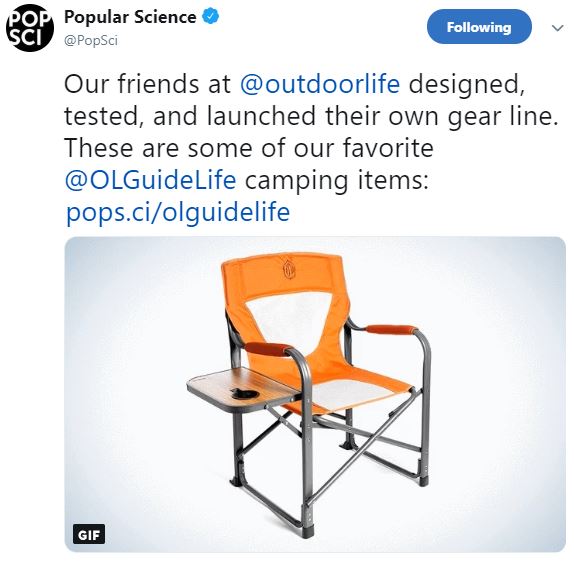 (3)
(3) Bees do have large periodic die-offs, those have been recorded for as long as records of bees have been kept (~1,000 years) and when one occurred in the 1990s, activists blamed sprayed pesticides. So science did something terrific; a seed treatment, when plants are most vulnerable to pests, based on a natural insecticide. Yet when another blip happened, activists blamed those. To no avail, bee numbers rebounded nicely. Then they claimed that wild bees were being harmed, which was at least clever, since there are ~25,000 species (we don't even know exactly how many) of bees and only 7 have hives so wild bees can't be counted, but even the staunchest supporters of environmental groups in the United States balked at that.
(4) The plaintiff will only get about $20 million of that $289 million, if it is not overturned. It's good to be a trial lawyer.
(5) Fagan created HRI Labs, which recently conducted a test that detected glyphosate in urine and then co-wrote a paper about it, with Paul Mills, who is a graduate of, you guessed it, the very same
Maharishi University of Management in Iowa.
(6) Dear Mr. Seinfeld - you are a legendary comedian. Your job is to be skeptical and ridicule nonsense. Please tell me you were only there because the check cleared and you don't actually believe any of this nonsense.

